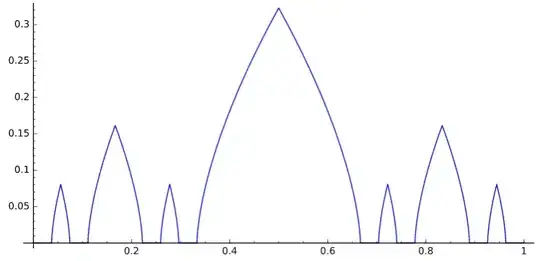I have recently been introduced to the concept of Holder condition and I was told that there are functions that are Holder continuous but whose variation in unbounded.
Can anyone present an example, with explanation of both unboundedness of variation and Holder condition? If possible some example that's not too complicated and doesn't require advanced math - Let's say, I looked up the Weierstrass function and that's quite out of my reach at the moment.
